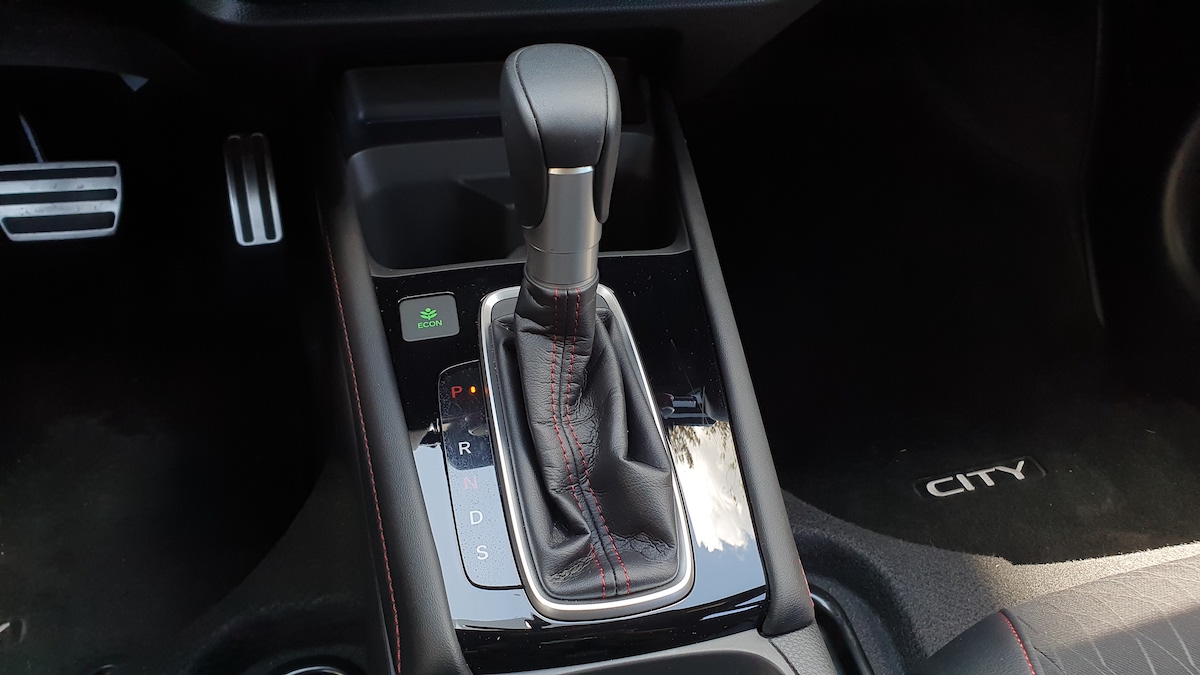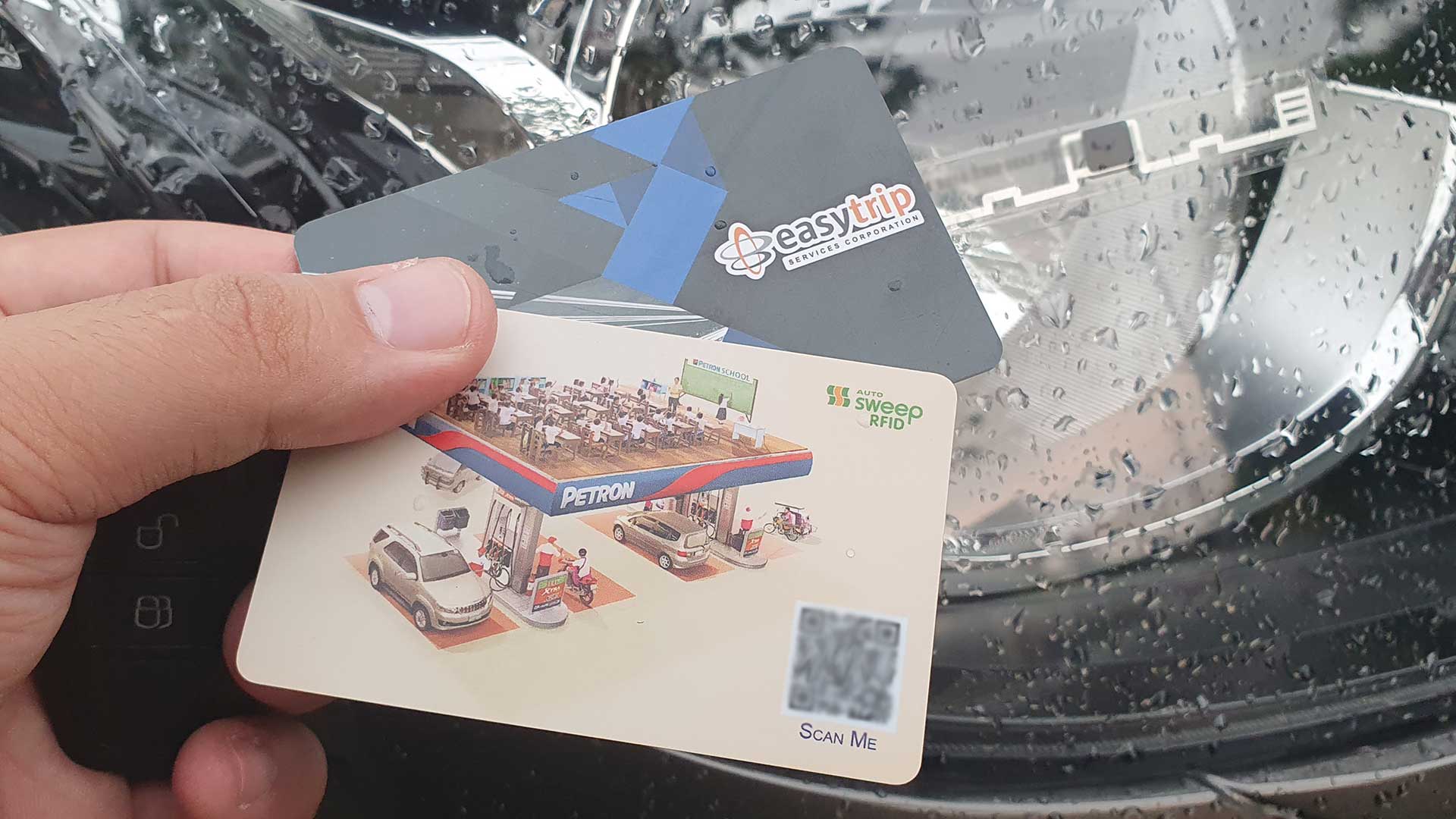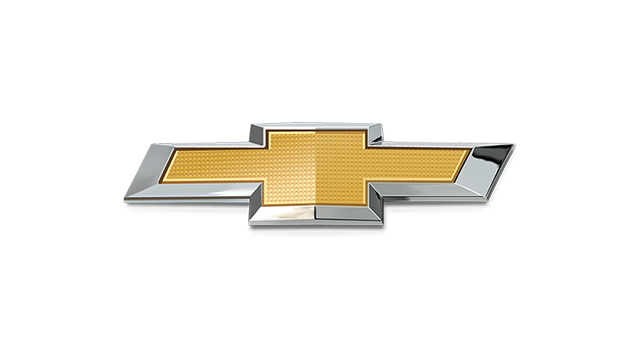Maybe you read the title of this story and wondered to yourself just how hard driving a car equipped with a continuously variable transmission (CVT) could be. It’s just like any other automatic, right? Press the throttle to move, the brakes to stop, point the steering wheel to where you want to go, and keep your seatbelt on. Before you know it, you’re driving a CVT. Congratulations!
Well, we here at Top Gear Philippines absolutely love breaking down the minutiae of anything related to automobiles. What some would consider trivial, we find absolutely fascinating—sometimes to the point of getting lost in a YouTube wormhole on a subject before remembering that we’re actually supposed to translate all of this into something meaningful (this may or may not be happening as I type this). In all seriousness, though, there are some things you should keep in mind when handling a car with a CVT.
What is a CVT?
Before we get into that, though, we need to quickly explore what exactly a CVT is and how it differs from other transmission types. There are different kinds of CVTs, but we’ll cover the most basic one. The standard manual and automatic gearboxes have a fixed number of gears. A CVT, on the other hand, doesn’t actually have gears. Instead, it’s a system with two pulleys—one connected to the engine, the other to the wheels—with a flexible belt connecting them. The width of the pulleys varies depending on how much power is needed.
With this, the engine works at optimum efficiency regardless of the engine speed. You’ll also hear claims that CVTs offer better fuel efficiency and a smoother ride compared to other transmission types.
READ MORE:
A, B, A1, B2: What do the new driver’s license restriction codes mean?
You can get fined as much as P3,000 for these driver’s license violations
How to properly drive a car with a CVT
Now that you know what a CVT is, let’s move on to the tips. These may not make a huge difference to your daily driving habits, but they might save you a lot of money in repairs later on.
1) Tap the throttle gently.
It sounds like common sense when you drive with your car’s longevity in mind, but this one is particularly relevant to CVTs. You see, prolonged hard driving causes heat. In a standard automatic, this is absorbed by the transmission fluid. In a dry-clutch CVT, though, the heat can cause some undue wear and tear on your car’s various parts. Wet-clutch CVTs, meanwhile, usually use thinner fluid, so overheating is still a big concern. So instead of jamming the throttle every chance you get, applying progressive input is the best way to go.
2) Don’t engage the throttle and brake at the same time.
Driving School 101 teaches us to drive two-pedaled cars using only our right foot. However, whether it stems from years of driving manual transmissions or simply wrong instruction turned gospel, some drivers operate the brake pedal with their left foot and the throttle with their right. Sometimes, this leads to drivers sitting with both pedals engaged—like when hanging on an incline, for example.
This is problematic for a few reasons. For one, you’re causing undue wear on your brakes, as they’re essentially fighting against your vehicle’s forward momentum for a long period of time. On the transmission end, you could be causing slippage if you’re driving a wet-clutch CVT, or straining the starter clutch on a dry one.
3) Don’t do a neutral drop
This tip applies to pretty much any kind of gearbox you plan to use on public roads, but it bears repeating. A neutral drop is when you place a car in neutral, rev the engine high, and suddenly dump the gearbox into Drive. The result is some wheel spin as you go speeding off the line. Fun, right? Well, it’s not so fun for your car’s transmission, drive shaft, CV joint, axle, and whatever else you happen to wreck along the way. It’s akin to going from sitting on your couch to sprinting at full pelt down the street—you’re bound to hurt yourself one way or another. Nowadays, some cars are equipped with failsafes that prevent you from doing a neutral drop, and for very good reason.
Follow these tips, along with commonsense ones like following he manufactuer’s recommended preventive maintenance schedule, to help ensure your car’s gearbox lasts a long time.












